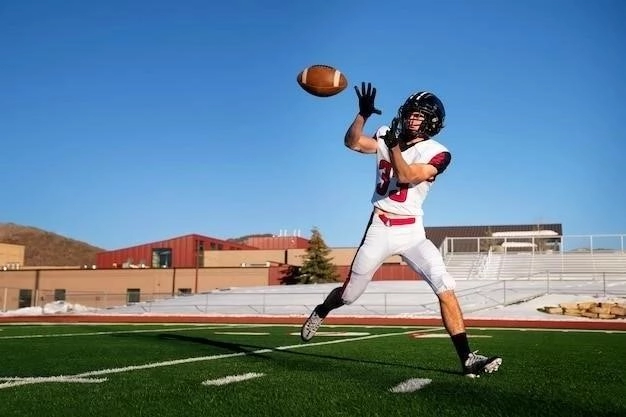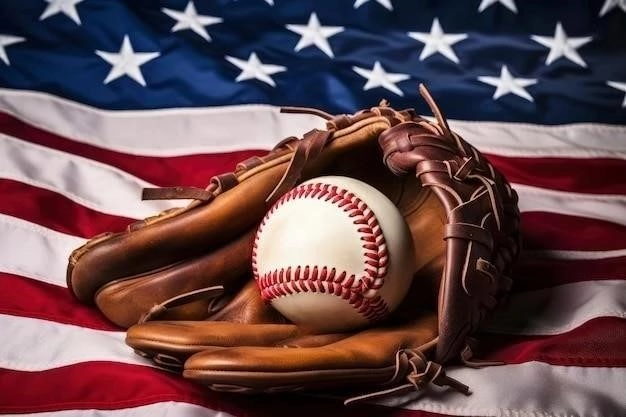American Sports: From Baseball to Basketball
American sports culture features a diverse and passionate following, with a rich history woven into the fabric of the nation. While baseball has long been celebrated as the national pastime, the landscape of American sports has evolved significantly over time, shaped by the emergence of new athletic pursuits and shifting societal preferences.
The Big Four: Dominance and Popularity
The American sports landscape is dominated by what is colloquially known as the “Big Four”: baseball (MLB), basketball (NBA), football (NFL), and hockey (NHL). These leagues represent the pinnacle of professional competition in their respective sports and command a substantial share of media coverage, fan enthusiasm, and financial investment.
The NFL reigns supreme in terms of viewership and cultural impact. Its blend of strategy, athleticism, and captivating narratives has captivated a massive audience, making the Super Bowl a national spectacle. The NBA has experienced a surge in global popularity, fueled by its fast-paced, high-scoring style of play and the international appeal of its star players. Baseball, despite facing challenges from newer generations and competing entertainment options, retains a devoted following and a cherished place in the national consciousness as “America’s Pastime.” Meanwhile, the NHL, though less dominant in national viewership compared to its counterparts, maintains a strong and passionate fan base, particularly in regions with established hockey traditions.
The enduring dominance of the Big Four is multifaceted. These leagues benefit from established infrastructures, robust marketing strategies, and lucrative media rights deals. Their historical significance and cultural resonance have fostered generations of loyal fans, while the dynamism of the games themselves continues to attract new audiences. Moreover, these leagues have demonstrated an ability to adapt and evolve, embracing technological advancements, implementing rule changes to enhance the viewing experience, and expanding their reach to international markets.

The Rise of Basketball and Soccer
While the “Big Four” leagues have long held dominant positions in the American sports landscape, recent decades have witnessed the notable rise of basketball and soccer, particularly among younger generations and diverse communities.
Basketball, with its fast-paced action, emphasis on individual skill and athleticism, and global accessibility, has experienced a surge in popularity, both domestically and internationally. The NBA, renowned for its marketing prowess and showcasing of iconic players, has transcended the realm of sports to become a cultural phenomenon, influencing fashion, music, and global youth culture.
Soccer, too, has witnessed a remarkable ascent in the United States, particularly following the nation’s hosting of the FIFA World Cup in 1994 and the increasing globalization of sports fandom. Youth soccer participation rates have soared, and Major League Soccer (MLS) has steadily grown in prominence, attracting international stars and expanding its fanbase. Soccer’s universal appeal, its relatively low barrier to entry, and its embrace of diversity have all contributed to its burgeoning presence in the American sports landscape.
The Enduring Legacy of Baseball
Despite facing competition from newer, faster-paced sports, baseball retains a cherished place in the American soul. Its historical significance, deeply woven into the fabric of the nation’s identity, continues to resonate with fans across generations. Often referred to as “America’s Pastime,” baseball evokes a sense of nostalgia, tradition, and shared cultural heritage.

From its humble beginnings in the 19th century, baseball has mirrored the nation’s evolution, reflecting societal shifts and cultural transformations. The integration of Major League Baseball by Jackie Robinson in 1947 stands as a pivotal moment in American history, challenging racial barriers and advancing the cause of civil rights.
Baseball’s enduring legacy is sustained not only through its historical significance but also through its unique appeal. The sport’s leisurely pace, strategic intricacies, and emphasis on individual achievement within a team context continue to captivate fans. The sights, sounds, and rituals of a day at the ballpark hold a timeless allure, fostering a sense of community and shared experience that transcends generations.
The Cultural Impact of American Sports
American sports extend far beyond the confines of stadiums and arenas, permeating the nation’s culture, identity, and daily life. From casual conversations to fashion trends, from Hollywood blockbusters to political discourse, sports hold a ubiquitous presence in American society.
Sports provide a shared language, a common ground that transcends social, economic, and geographical boundaries. The triumphs and heartbreaks of teams and athletes become shared narratives, sparking national conversations and fostering a sense of collective identity. Legendary figures in sports achieve iconic status, their accomplishments celebrated as part of the nation’s cultural tapestry.

Furthermore, American sports have played a significant role in social progress, challenging prejudices and championing inclusivity. The integration of professional leagues, the emergence of women’s sports, and the increasing visibility of athletes from diverse backgrounds reflect the nation’s evolving social fabric and its ongoing pursuit of equality.

The Business of American Sports

American sports constitute a multi-billion dollar industry, encompassing a vast network of leagues, teams, media companies, sponsors, and ancillary businesses. The financial landscape of professional sports is characterized by lucrative media rights deals, extensive sponsorship agreements, and a passionate consumer base willing to invest heavily in their favorite teams and athletes.

Television contracts form a cornerstone of the sports business, generating substantial revenue for leagues and shaping broadcasting schedules. Major networks and streaming services compete fiercely for the rights to broadcast live games, recognizing the immense viewership and advertising potential associated with sporting events.
Furthermore, corporate sponsorships play a pivotal role in the financial ecosystem of American sports. Brands across a wide range of industries invest heavily in sponsorships, aiming to enhance their visibility, align themselves with the positive attributes of sports, and connect with target audiences.
The Future of American Sports
The landscape of American sports stands at the cusp of a new era, shaped by evolving fan preferences, technological advancements, and a rapidly changing media landscape. Leagues and organizations face both challenges and opportunities as they navigate this evolving terrain.
The rise of digital streaming and on-demand content consumption presents a significant opportunity for sports leagues to expand their reach and engage younger, tech-savvy audiences. However, this shift also requires adaptation, necessitating innovative approaches to content delivery, fan engagement, and revenue generation.

Furthermore, the growing emphasis on globalization presents both opportunities and challenges. American sports leagues are increasingly seeking to cultivate international fan bases and tap into global markets. However, this expansion also requires a nuanced understanding of cultural differences and a willingness to adapt to diverse audiences.










